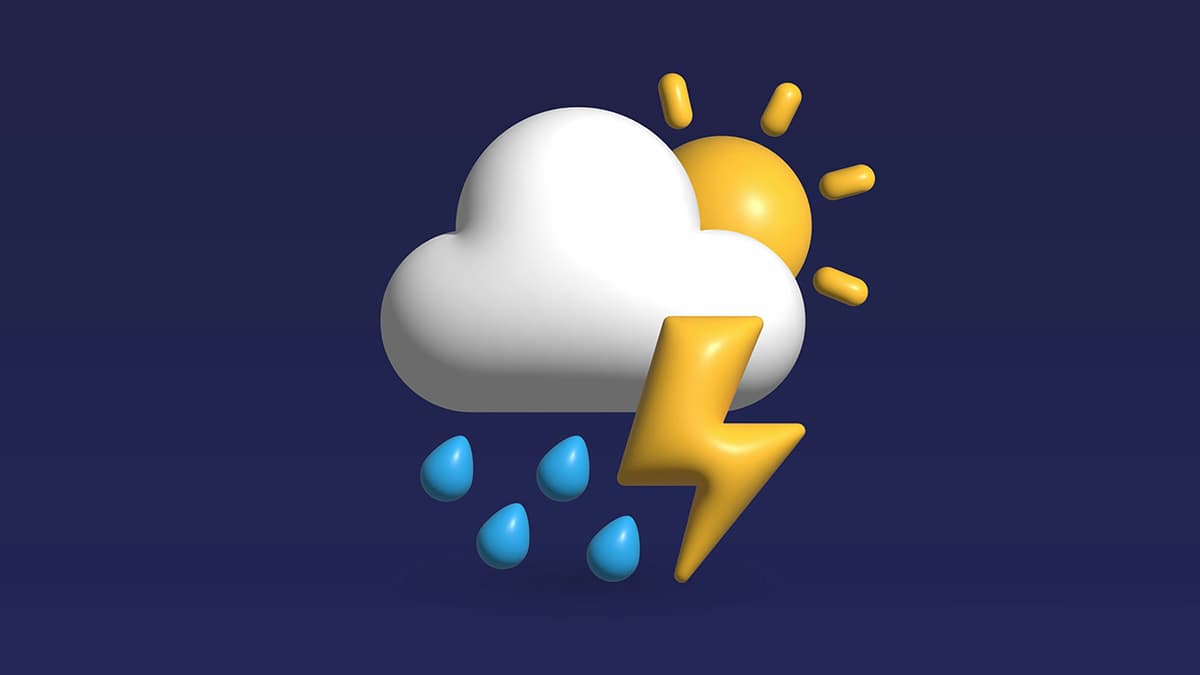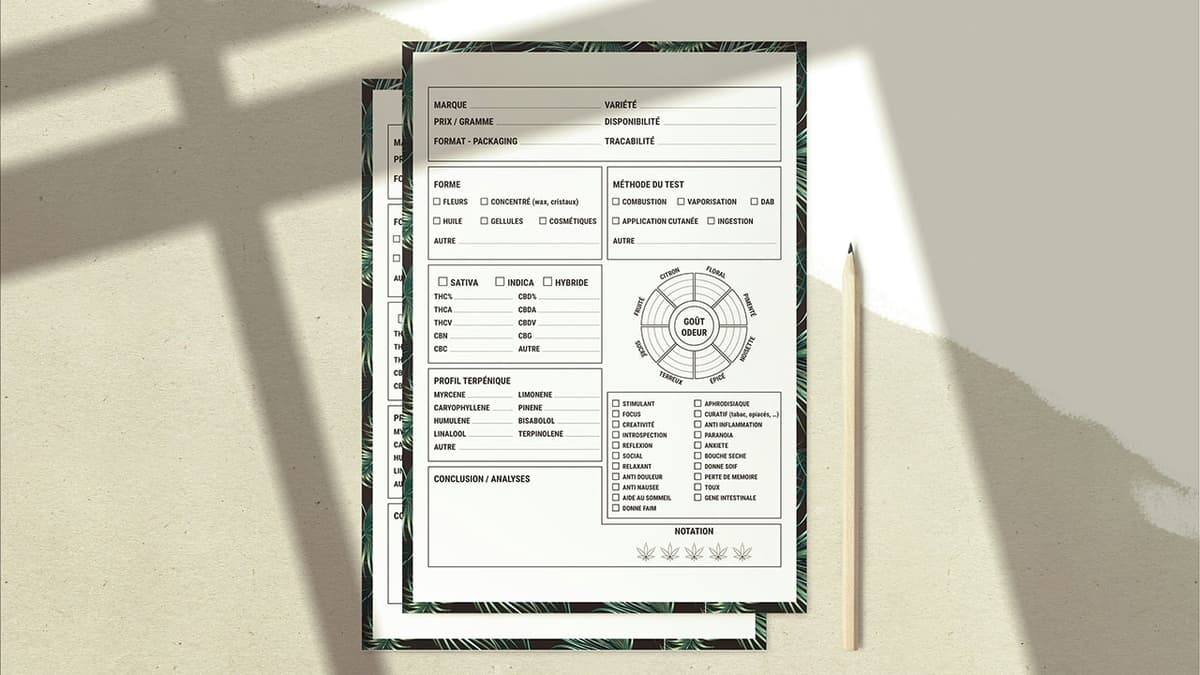RESTful API and SOAP
When considering the protocols for web services, two significant options are RESTful API (Representational State Transfer) and SOAP (Simple Object Access Protocol). Each has distinct methods for communication, playing a vital role in how messages are sent and received between clients and servers.
The Ease of REST
What makes RESTful API attractive? It is straightforward, much like ordering food at a fast-food restaurant. You place your order, receive what you asked for, and move on. REST follows standard web principles and uses HTTP commands (GET, POST, PUT, DELETE) to interact with resources. Resources are identifiable by URLs, such as user profiles or videos.
REST's simplicity and speed are key advantages. It integrates seamlessly with web services and complies with HTTP standards, making it a favored choice for web and mobile applications.
Another benefit of REST is its ability to manage multiple call types, return various data formats, and work well with newer protocols like JSON.
Notable Users of REST
Many prominent companies use RESTful APIs for their web services. This demonstrates REST's reliability and broad acceptance. Their APIs are easy to access and well documented, enabling developers to create custom services.
The Formality of SOAP
What is SOAP like? Think of a formal dinner with multiple courses. SOAP adheres to strict rules and protocols. Its messages are detailed XML documents that follow specific standards. They ensure secure and reliable delivery, often incorporating built-in error handling.
SOAP is designed for successful message delivery, making it very reliable. It supports ACID compliance (Atomicity, Consistency, Isolation, Durability), which is vital for transactions needing high reliability, such as those in banking or airline reservations.
This protocol is flexible regarding transport layers. SOAP can use HTTP, SMTP, or others, as long as it meets its standards. This adaptability allows it to function in various situations where reliability is prioritized.
Companies Using SOAP
Many large companies continue to use SOAP for specific services due to its reliable transaction handling. This highlights SOAP's relevance in enterprise environments where formal agreements and standards are essential.
Choosing Between REST and SOAP
How should you decide between RESTful API and SOAP? The choice involves selecting the right tool for the specific task. REST is like a sports car—fast and agile for quick tasks. SOAP resembles an armored van—slower but designed for secure transport of sensitive data.
Developers often base their decision on the application's requirements. If fast and easy communication with the web is crucial, RESTful API is ideal. If security and transactional reliability are more important, SOAP is the better option.
The comparison between RESTful API and SOAP is about suitability rather than competition. Each serves a distinct purpose and has its advocates. Your needs will determine whether you choose REST's speed or SOAP's reliability. Both methods effectively transmit data across the internet, connecting services and applications worldwide.












